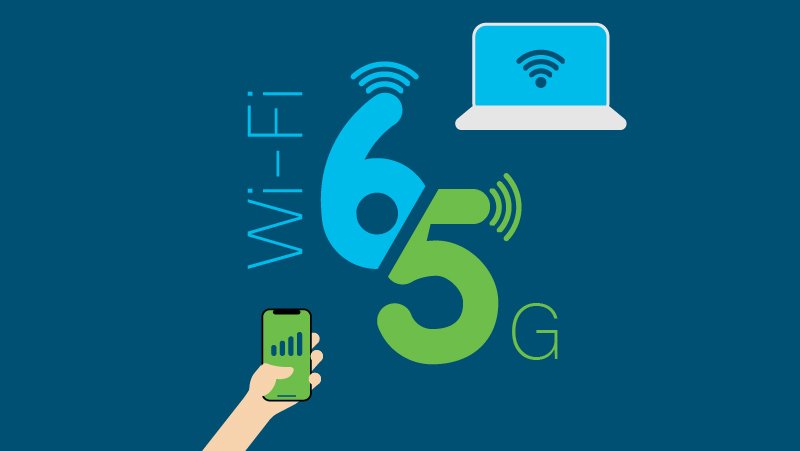5G vs. Wi-Fi 6: Which is Better for Your Home Network?
As the demand for faster internet connectivity continues to grow, two technologies are often at the forefront of the conversation: 5G and Wi-Fi 6. Both offer high-speed internet access, but they serve different purposes and come with their own advantages and disadvantages. In this article, we’ll explore their features, benefits, and ideal use cases to help you determine which is better for your home network.
1. Understanding the Basics
- 5G: This is the fifth generation of mobile networks, designed to provide faster speeds, lower latency, and greater capacity than its predecessors. It operates through cellular towers and is primarily aimed at mobile devices.
- Wi-Fi 6: Also known as 802.11ax, Wi-Fi 6 is the latest standard for wireless local area networks (WLAN). It improves performance in crowded areas and offers faster speeds, better efficiency, and increased capacity for multiple devices.
2. Speed and Performance
- 5G: Theoretically, 5G can offer speeds up to 10 Gbps, although real-world speeds are typically lower. It’s designed for high-demand applications like gaming and streaming.
- Wi-Fi 6: Wi-Fi 6 can achieve speeds up to 9.6 Gbps, but this is shared among connected devices. Its efficiency improvements, such as MU-MIMO (multi-user, multiple input, multiple output), allow multiple devices to communicate simultaneously without slowing down.
3. Coverage and Range
- 5G: Offers extensive coverage, especially in urban areas. However, the range can vary depending on the type of 5G technology (sub-6 GHz vs. mmWave), with mmWave providing higher speeds but shorter range.
- Wi-Fi 6: Limited to the coverage area of your router, typically within a home or office. Its range can be extended with additional access points or mesh systems.
4. Latency
- 5G: Promises ultra-low latency (around 1 ms), making it ideal for applications requiring real-time communication, such as online gaming and virtual reality.
- Wi-Fi 6: Also provides low latency, generally around 20 ms, which is sufficient for most home applications but may not match the lowest levels of 5G.
5. Device Capacity
- 5G: Can handle many devices simultaneously, making it suitable for densely populated areas where numerous devices are connected.
- Wi-Fi 6: Designed to support a higher number of devices with less congestion, perfect for homes with multiple smart devices, laptops, and smartphones.
6. Cost and Installation
- 5G: Generally requires a subscription plan with a mobile carrier, which can be more expensive than traditional home internet options. Equipment is often limited to mobile hotspots or 5G-enabled routers.
- Wi-Fi 6: Requires a one-time purchase of a compatible router. There are no ongoing costs unless you opt for a more advanced internet plan.
7. Ideal Use Cases
- 5G: Best for users needing mobile connectivity, frequent travelers, or those in areas with limited broadband options. It’s also great for applications that require high-speed internet on-the-go.
- Wi-Fi 6: Ideal for homes with multiple users and devices. Perfect for streaming, online gaming, and smart home setups where stable connectivity is crucial.
Conclusion
Ultimately, the choice between 5G and Wi-Fi 6 depends on your specific needs. If you require a reliable connection for multiple devices at home, Wi-Fi 6 is likely the better option. However, if you often need mobile internet or live in an area with limited broadband access, 5G could be the way to go. Many households may find a combination of both technologies to be the most effective solution for their networking needs.



